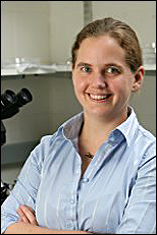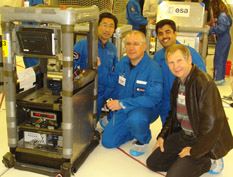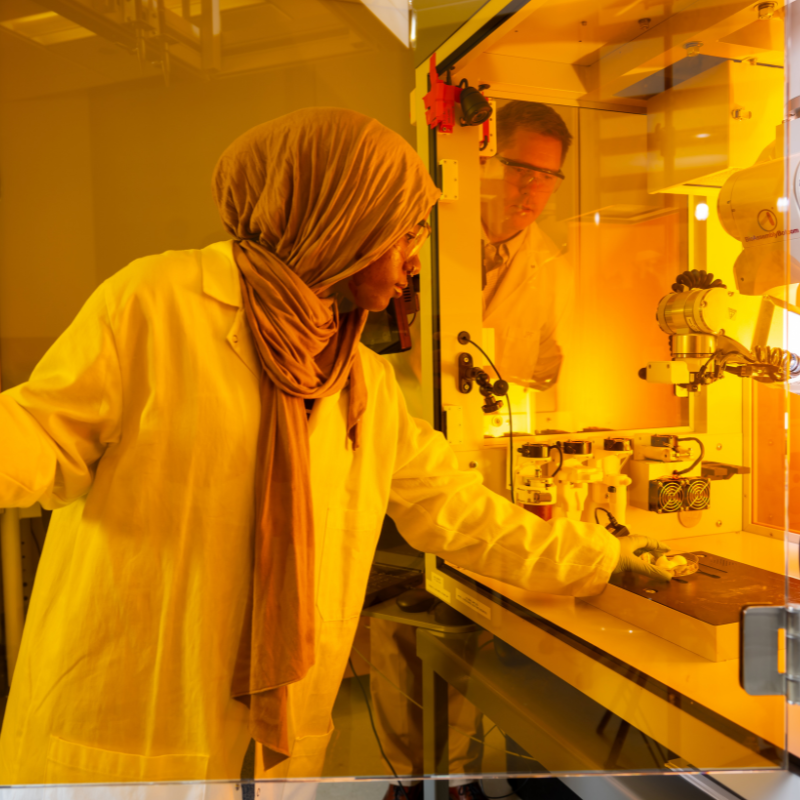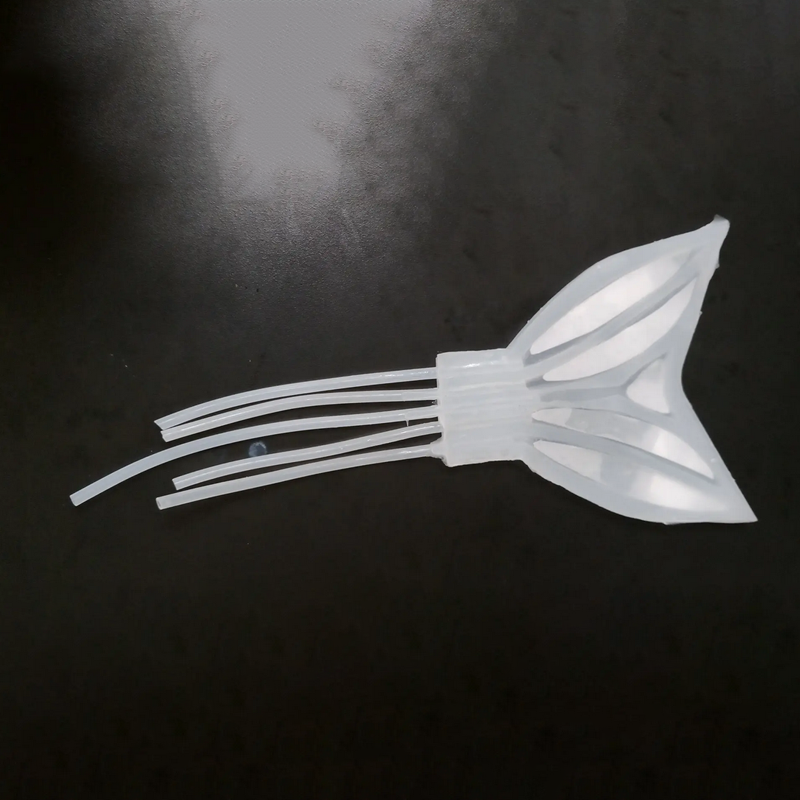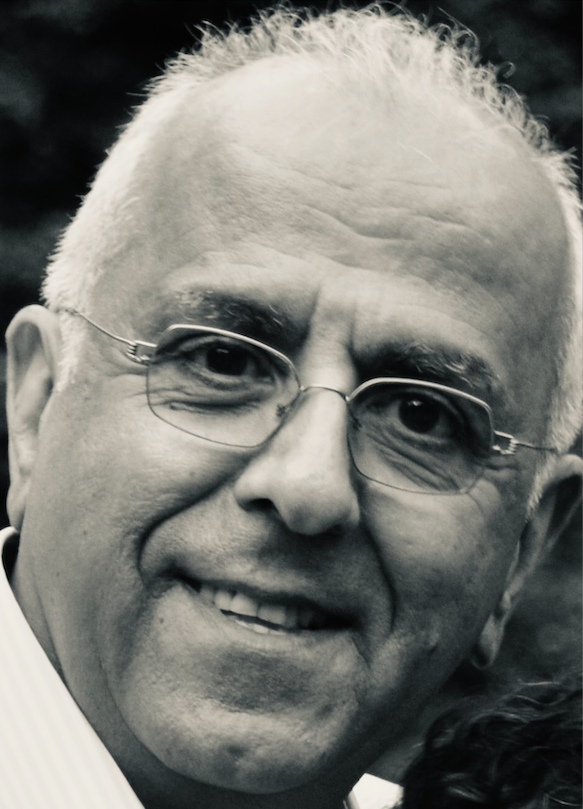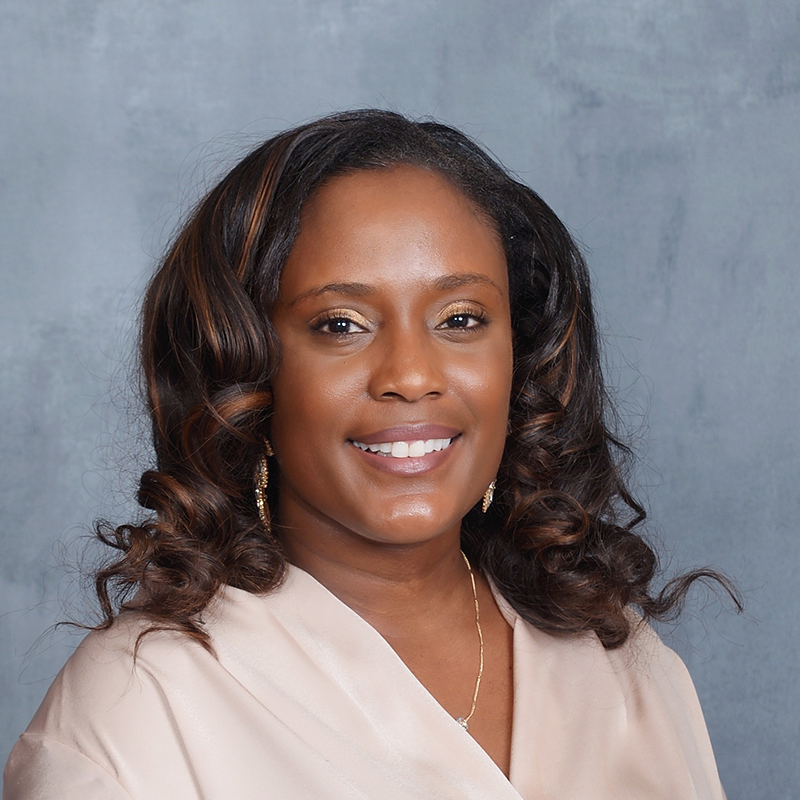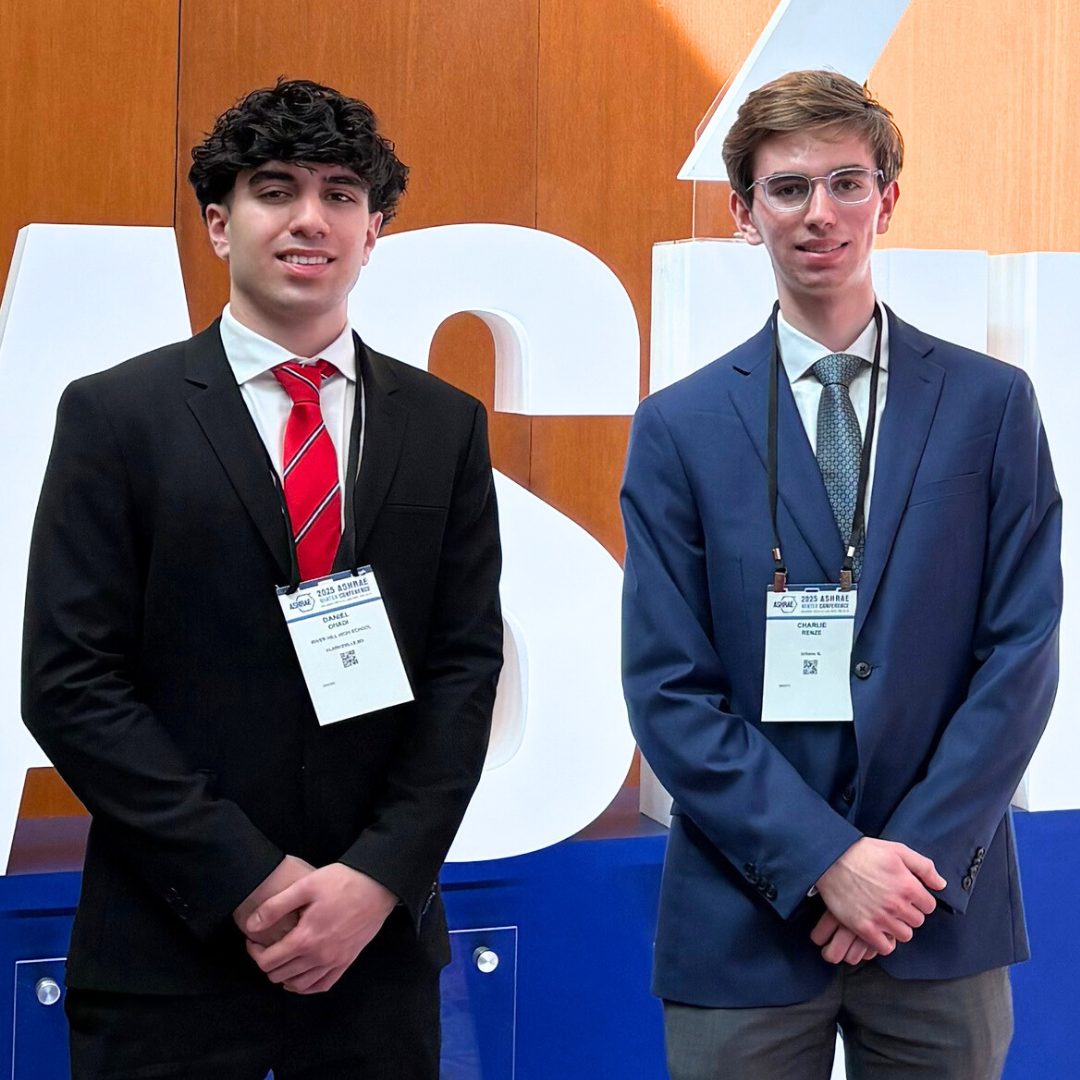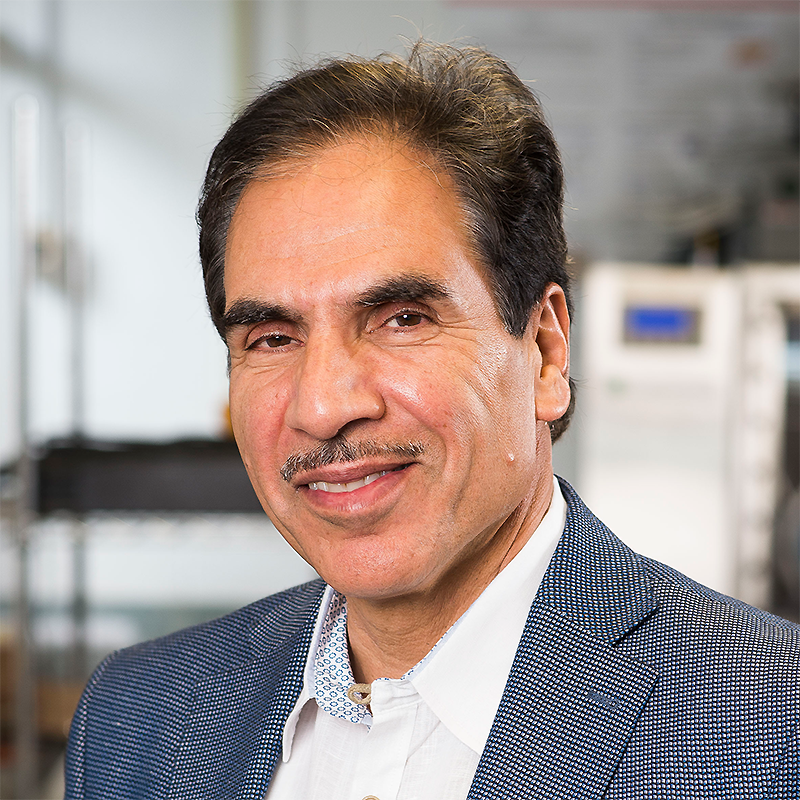News Story
Jungho Kim Collaborates with NASA on Zero-Gravity Experiment
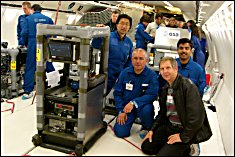
Professor Jungho Kim and his research team.
Boiling is used throughout the power industry to efficiently remove large amounts of heat from a heater by changing water, and other fluids, to a gaseous state. For example: when water is boiled, vapor, which is less dense than water, escapes heated surfaces because of buoyancy. In zero-gravity, vapor density is negligible and collects around heated surfaces rather than moving away, potentially leading the surfaces to a state known as critical heat flux. Critical heat flux occurs when a heater or plate becomes too hot, and the flow of liquid is restricted, causing the plate to overheat and potentially burn out. Since liquids boil differently in space, understanding how these fluids behave can improve the reliability and expand the applications of space exploration hardware.
Despite extensive studies of boiling within Earth’s gravity, research into zero- and low-gravity boiling has been minimal. The purpose of the MABE project is to determine critical heat flux in a zero-gravity environment. MABE uses two arrays of 96 microheaters each. The arrays are placed in a 10 x 10 square, minus the corners, and each microheater—a thin trace of metal bonded to transparent quartz base—has its own control and measurement circuit. One 10x10 array is about one three tenths of an inch (7mm) across while the other array is less about a tenththan three-tenths of an inch (2.7mm) wide. The metal in the microheaters warms when electricity is applied and the quartz becomes transparentvisual observations can be made through the transparent quartz substrate.
This phenomenon is similar in many ways to rear-window defrosting in automobiles, on a smaller scale. "We have calibrated these heaters as a function of a temperature, and measure the power level," Kim states. "Using a camera that looks through these microheaters, we can examine the relationship between the power level and whether vapor or liquid is above that microheater."
The experiment, which has already been tested many times on NASA’s "Vomit Comet" and twice on the European Space Agency’s A300 low gravity aircraft that flies out of Bordeaux in France, will be installed in the Microgravity Science Glovebox and sent to the International Space Station (ISS) in March 2011. A standard-rate live video feed will be transmitted during testing on the ISS, and high-speed cameras will be installed on the rig, allowing researchers to examine boiling once the high-speed captures are returned to Earth.
If the experiment is successful, engineers will be able to design space hardware that utilizes boiling for multiple applications. Kim remarks "Boiling on earth is used for everything, from cooking to purifying water to generating steam for turning turbines in electrical generators to cooling electronics." He adds, "In space, boiling may also be found in generating vapor for turning turbines [and] in some advanced concepts for power generation, temperature control aboard spacecraft, and water purification."
Kim will employ both graduate and undergraduates through the ASPIRE program to assist in this research. For more information, please contact Professor Kim at kimjh@umd.edu or visit the ASPIRE program website here.
Published February 3, 2011


